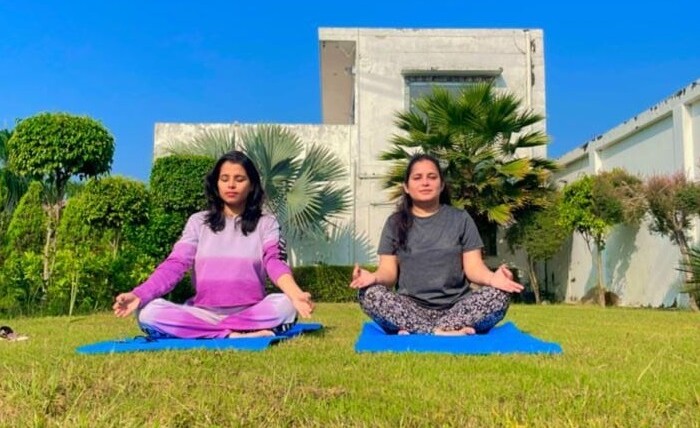Panchakarma, one of the most profound and transformative healing modalities within Ayurveda, is an ancient detoxification and rejuvenation process that has been practiced for thousands of years. It involves a series of therapeutic treatments and procedures designed to purify the body, balance the doshas, and promote overall well-being. In this article, we will delve into the concept of Panchakarma, its components, and the numerous benefits it offers.

The Essence of Panchakarma
Panchakarma, which translates to “five actions” in Sanskrit, encompasses a set of five therapeutic actions aimed at cleansing and rejuvenating the body. These actions are:
- Vamana (Therapeutic Vomiting): This process eliminates excess Kapha dosha from the upper respiratory tract and stomach, making it especially useful for individuals with respiratory and digestive disorders.
- Virechana (Therapeutic Purgation): Virechana cleanses the lower digestive tract and eliminates excess Pitta dosha. It is beneficial for those with skin disorders, liver issues, and acidity.
- Basti (Enema Therapy): Basti involves the introduction of medicated oils or herbal decoctions into the colon to remove Vata dosha and toxins. It is effective for disorders related to the nervous system, joints, and constipation.
- Nasya (Nasal Therapy): Nasya targets the purification of the nasal passages and the head area. It is beneficial for sinus issues, headaches, and mental clarity.
- Raktamokshana (Bloodletting): This is a less common Panchakarma procedure, which involves the controlled removal of a small amount of blood. It is primarily used for conditions related to impure blood.
Benefits of Panchakarma
- Detoxification: Panchakarma eliminates accumulated toxins and waste products from the body, promoting better overall health.
- Balancing the Doshas: By addressing specific doshic imbalances, Panchakarma helps bring the body back to its natural state of equilibrium.
- Enhanced Digestion: The purification of the digestive tract improves metabolism and the assimilation of nutrients.
- Improved Immunity: A cleaner, balanced body is better equipped to fend off diseases and infections.
- Mental Clarity and Emotional Balance: Panchakarma has a calming effect on the mind, reducing stress and anxiety.
- Weight Management: Panchakarma can be a valuable tool for addressing weight issues, especially when doshic imbalances contribute to weight gain.
- Radiant Skin and Hair: The purification process can lead to improved skin complexion and healthier hair.
The Panchakarma Process
The Panchakarma process begins with a thorough consultation with an Ayurvedic practitioner who assesses your dosha imbalances and determines the most suitable Panchakarma treatments for your specific needs. The process can last from a few days to several weeks, depending on individual requirements.
Precautions and Considerations
While Panchakarma is highly beneficial, it should only be undertaken under the guidance of a qualified Ayurvedic practitioner. It is essential to prepare the body before and after the treatment to maximize its benefits. Additionally, the intensity of Panchakarma may vary depending on one’s constitution and imbalances.
In summary, Panchakarma is a profound and holistic detoxification and rejuvenation process deeply rooted in Ayurveda. By understanding its principles and the dosha-specific benefits it offers, individuals can embark on a journey toward improved health, balance, and vitality. Always seek the guidance of a qualified Ayurvedic practitioner before undergoing Panchakarma to ensure a safe and effective experience.


